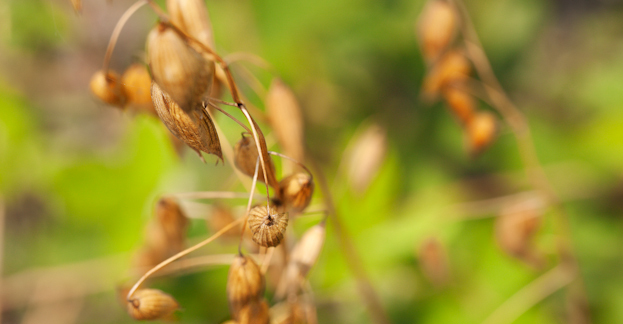What You Need to Know about Oats

Weren’t those great times when you loved the steel-cut oats processed in another land that came in a beautiful can? If you’re really into oats like we are, you’ve probably abandoned them with just a trace of remorse, swept up by the romance of America’s lovely local grain movement.
What changed the attitude toward the flavor of oats in America? Old World oats were meant to be harvested; stored in their whole grain, new crop state; and prepared fresh in small batches throughout the year. They could be given a touch of whole oat kilning immediately before milling to heighten their flavors and enhance their nutrition, and then processed as oat groats (whole berry oats), bias-cut oats (stone-cut), oat meal, or oat flour. Fresh-milled, kitchen-style peelcorn (hull-less) oats bring an epiphany of flavor to lovers of anything oats—from what we drink, to what we simmer or bake—and the freshness of colonial kitchen-oat aroma and flavor makes our old relationship with industrially processed canned or boxed oat products seem tawdry. Weep not for your lost love. Instead, revel in the age of fresh, new crop ancient oats grown here in the United States.
Anson Mills is a pioneer in oat farming and milling. We follow Colonial Era methods to produce bold, fresh-oat aroma and flavor. Producing Handmade Toasted Stone Cut Oats is the most difficult task we perform at Anson Mills. And if that weren’t enough, we are also our own seedsman for these rare oats because they were, historically—and are in modern times—very capricious: they change year to year and require close attention in selecting new seed for each new growing season.
Peelcorn oats are extremely difficult to grow, but their flavor nuances of clean “oatiness,” heightened minerality, deep nuttiness, fresh field flavors, and a wide array of warming spice and caramel grain notes are so superior to the fairly dull flavor profile of common oats (whose lineage has more to do with animal fodder than people) that we simply can’t resist the challenge year in, year out. Even more compelling to all of us in the Anson Mills family of farmers along the Southern coast is the fact that kitchen peelcorn oats carry forward a lovely tradition from our Colonial Era when they were grown, hand harvested, and prepared fresh for the table. By carefully cutting each whole oat on the bias with a stone mill close to cooking time, this tradition—rooted in the foodways of all thirteen colonies that faded after our Revolution—is restored. Anson Mills hasn’t changed one step of this lost colonial peelcorn oat process since we planted our first field 10 years ago.